Samurai Related Periods in Japanese History
Ongoing updated comprehensive research about the different periods of Japanese history, and how they influenced Samurai development and behavior.
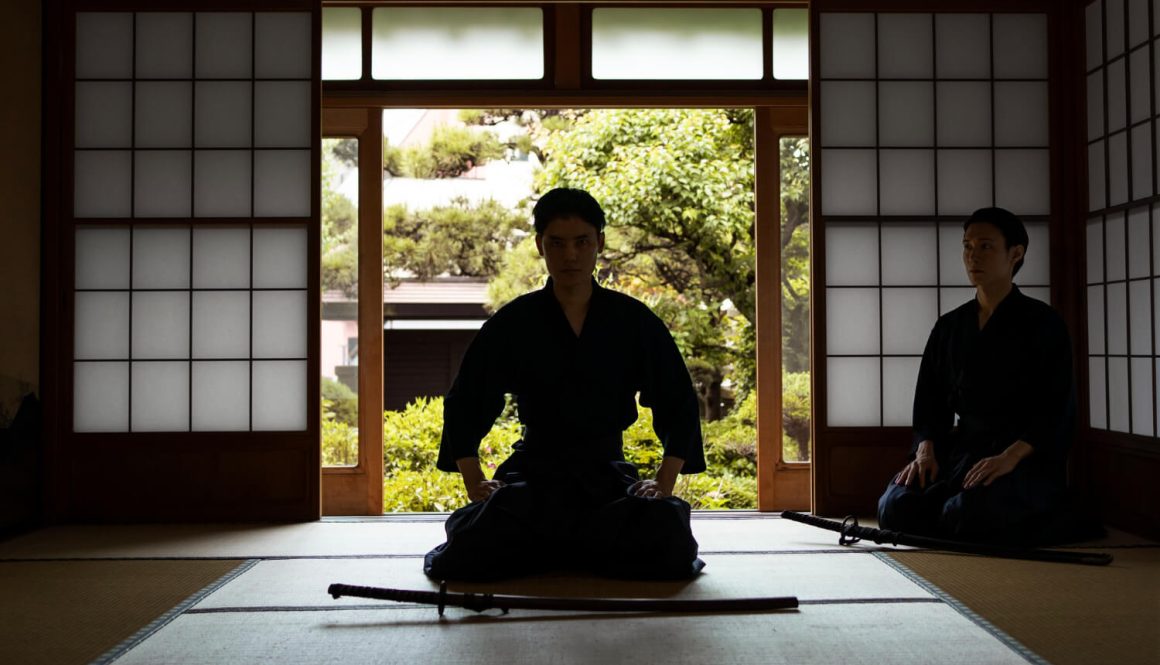
Ongoing updated comprehensive research about the different periods of Japanese history, and how they influenced Samurai development and behavior.

Dive into the life of Empress Shoshi, born Fujiwara no Akiko, as we trace her noble ancestry and her influential role in Japan’s esteemed Heian Period.
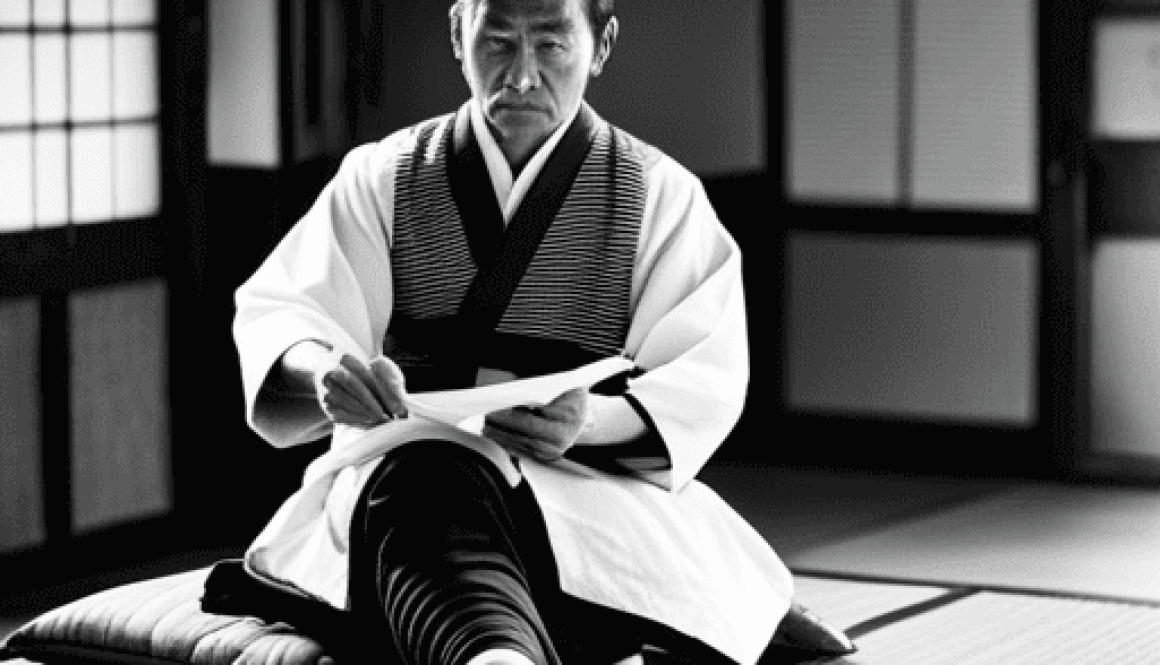
Following Commodore Perry’s arrival in Edo Bay, Japan recognized the need for rapid modernization. A new constitution was established, promising the creation of deliberative councils. State affairs were no longer decided solely by these councils but also by popular opinion. This reform promoted collaboration between all social classes and encouraged the rejection of harmful traditions while embracing knowledge from around the world.
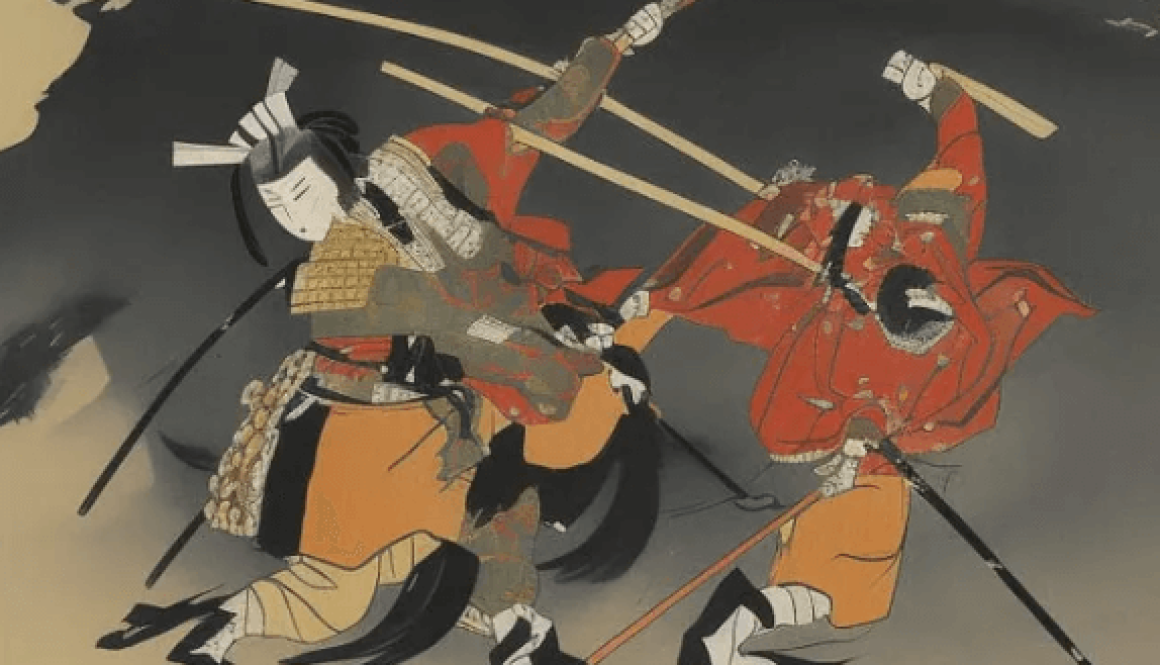
The Warring States period in Japanese history was a fascinating time to be a samurai. Find out more.
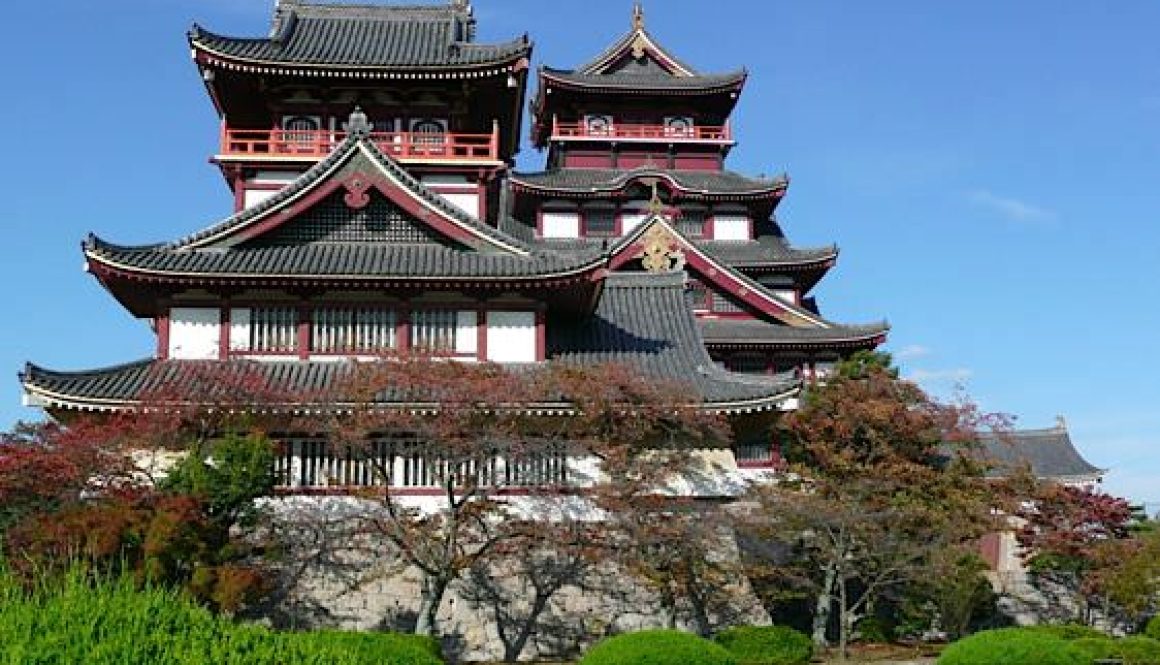
The period is known as Azuchi Momoyama (安土桃山時代) spans from 1573-1603. It is the last part of the Sengoku period, which intersected with the Muromachi period. This was a significant time in Japan, as the country drew for breath after the chaos and turmoil that had ensued after the collapse […]
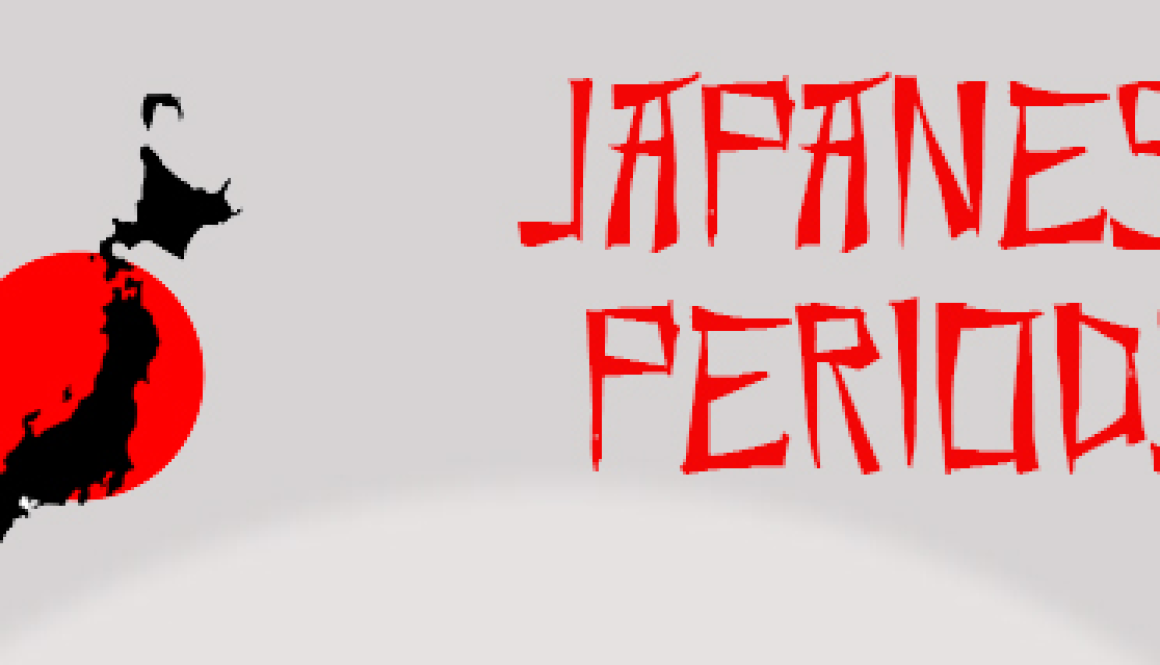
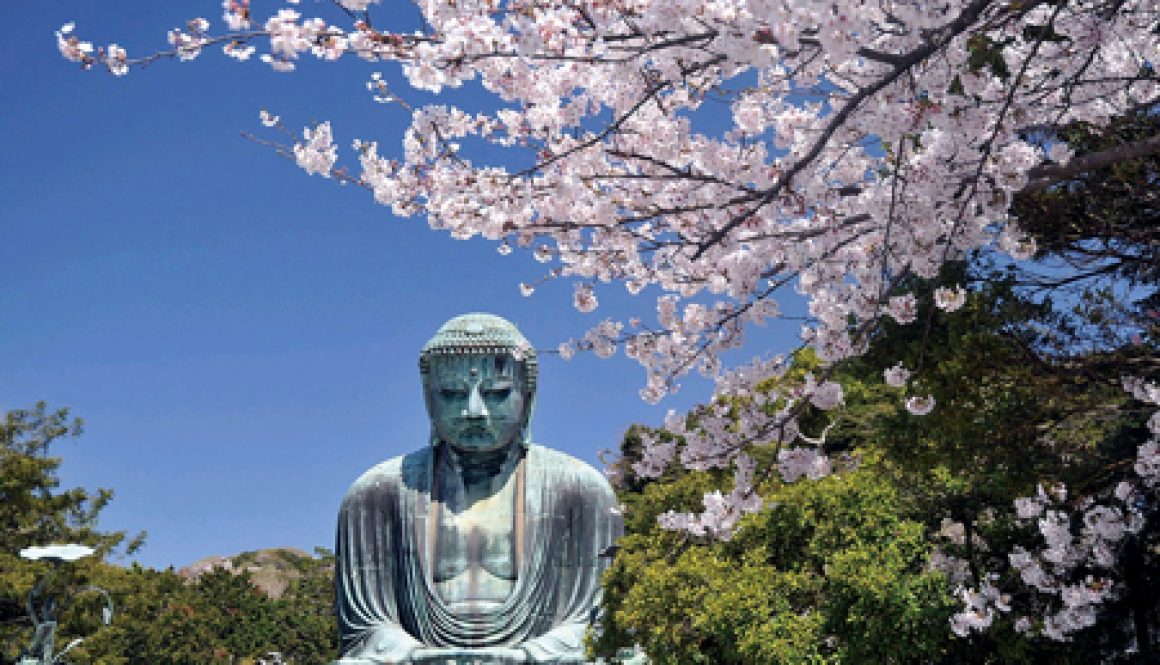
The period in Japan known as the Kamakura period took place approximately between 1185–1333 AD. This period was when samurai power was at its height, and the country was ruled by the feudal military government, appointed by the first shogun Minamoto no Yoritomo in 1192. The heads of this military […]
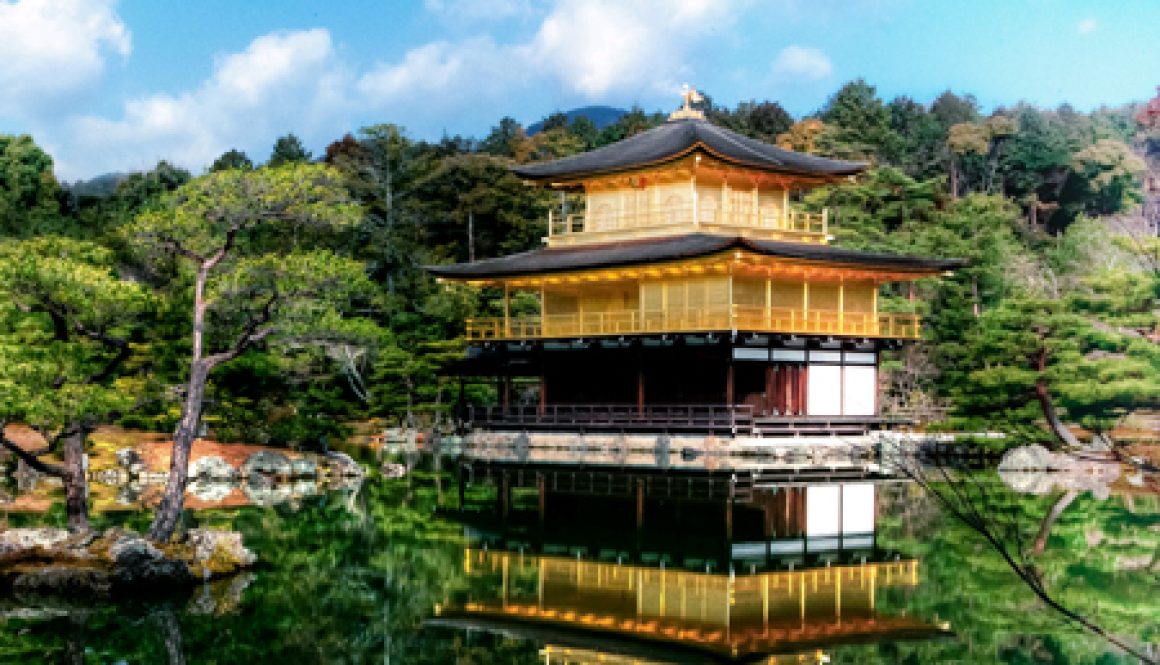
The period from approximately 1337 to 1573 was known in Japan as the Muromachi period (室町時代). Also known as the Ashikaga era too, this period of Japan’s history can further be split into 2 periods which consisted of the continued support of Emperor Go-Daigo, who had attempted to reintroduce a […]
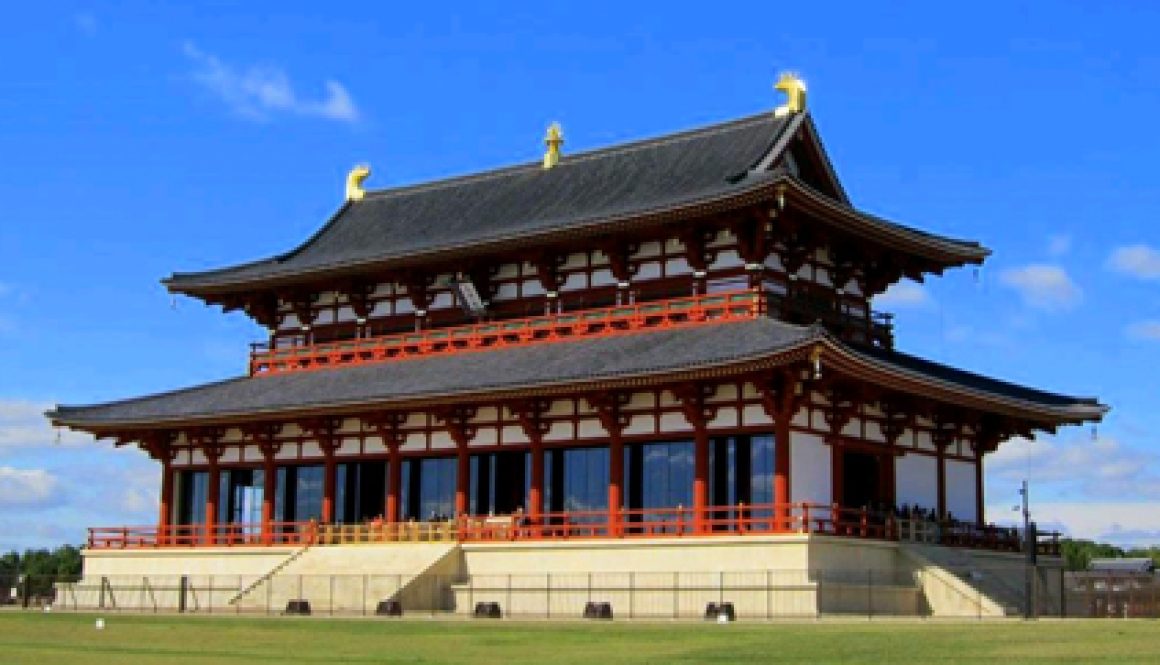
The Nara period (奈良時代) covers the years from approximately 710 AD to 794 AD. Heijo Kyo served as the main imperial capital in the Nara region from 710 to 784 and was established by Empress Gemmei. It remained the capital until Emperor Kammu decided to establish a new capital called […]
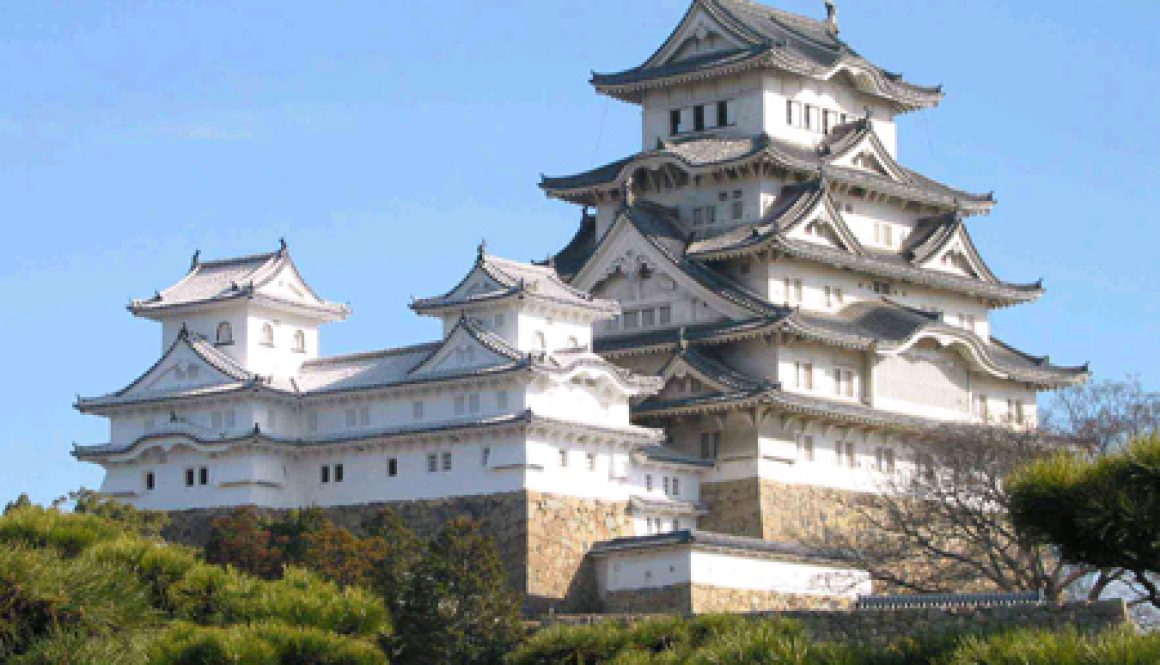
The period from 1603 to 1868 in Japan is called the Edo period (江戸時代). Also known as the Tokugawa period (徳川時代), this was a period in Japan’s history where the country was under the rule of the Tokugawa shogunate, as well as the country’s 300 regional Daimyo. The Tokugawa shogunate […]